2011 is Record-setting Year for Climate Change: Ice Melts in Arctic, High Temps in U.S.
A new study has revealed that ice volume in the Arctic Sea reached an all-time low in 2010. Meanwhile, in the United States, more high-temperature records have been set this summer than in any other year previously, as well as many regions that have broken rainfall and drought records.
2010: Record Low Sea Ice
Ice in the Arctic Sea, which plays a critical role in regulating the world’s weather patterns, experienced a record low volume in 2010, according to a recent study by the University of Washington.
In 1970, the minimum area of Arctic Sea ice — the area of ice that is left after summer melting — was 7 million square kilometers (2.7 million square miles). But, by 2007, the ice area measured a record low of 4.13 million square kilometers (1.6 million square miles), Reuters reported.
Although subsequent years have not fallen below the 2007 benchmark for area, that does not mean there is more ice. Measurements of ice area only include ice that is visible above the water and do not account for ice that is below the surface. Ice volume, however, takes both surface area and ice thickness into consideration.
The recent UW study found that the total volume of Arctic Sea ice reached its low point in 2010, even though sea ice area was greater in 2010 than in 2007, Reuters reported. The researchers attribute this to thinning ice, which could break up more easily and melt faster.
This pattern could result in no ice in the Arctic Sea by 2020, which could alter the global climate, including an increased melt rate of the freshwater Greenland ice sheet, Reuters reported. Already, water disparities of dry zones and wet zones are being felt all over the world. Floods recently raged in Pakistan and India, while droughts continue to plague China, and famine is claiming thousands of lives in the Horn of Africa’s famine. Meanwhile, regions of the U.S. are struggling to cope with too much heat, too much water, or not enough.
Record High Temperatures
This year has been a record-breaker among record-breakers — not only has 2011 been the hottest year on record in U.S. history, but many individual heat, flooding, and drought records have been broken, from sea to shining sea. The average U.S. summer temperature was 74.5 F, 2.4 degrees above the long-term average, according to a press release from the National Oceanic and Atmospheric Administration (NOAA). Additionally, between June and August of this year, more than 26,500 record high temperatures were set, Climate Central reported, citing data from the National Climatic Data Center.
The high-temperature records outnumbered the low-temperature records by an eight-to-one ratio — compared to the average two-to-one ratio — and this trend is expected to continue. This could be bad news for places like Texas, which had the hottest summer on record for any state and which continues to suffer from droughts and wildfires.
Record Droughts and Record Rainfall
Texas is not the lone-star state in terms of drought, though 2011 has made the record books as the state’s most intense dry spell since 1789, according to NOAA. Oklahoma, Louisiana, and New Mexico are also still in the midst of droughts.
On the converse, the Northeastern U.S. recorded its second-wettest August ever, with New York and Philadelphia both breaking their all-time monthly rainfall records. Much of this was due to Hurricane Irene, which caused the worst flooding in decades in parts of New York, New Jersey, and Vermont.
Source: Climate Central; National Oceanic and Atmospheric Administration (NOAA); National Snow and Ice Data Center; Reuters
A news correspondent for Circle of Blue based out of Hawaii. She writes The Stream, Circle of Blue’s daily digest of international water news trends. Her interests include food security, ecology and the Great Lakes.
Contact Codi Kozacek


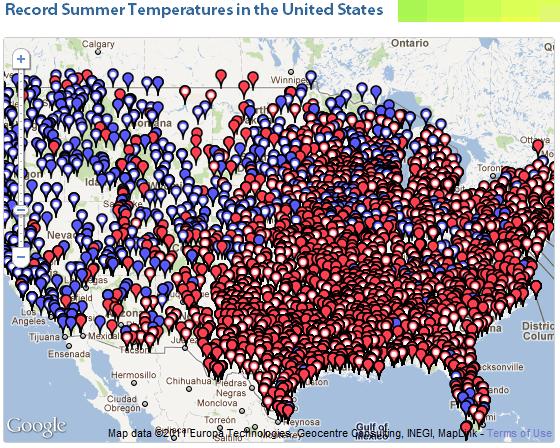

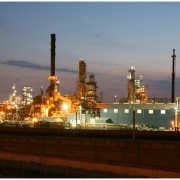
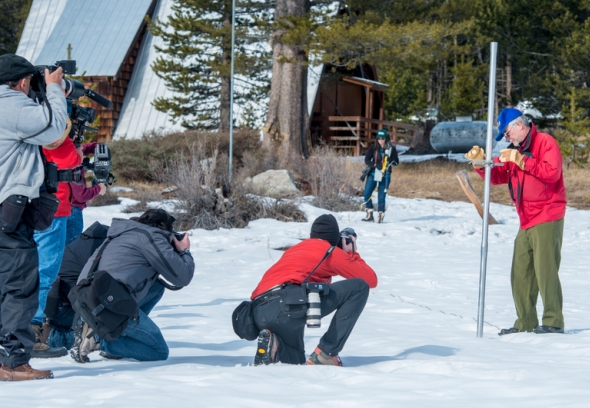
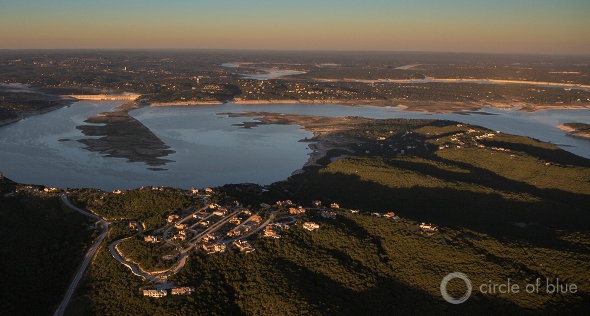
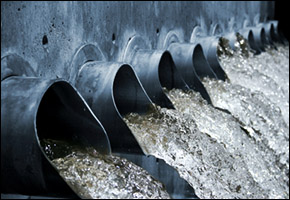

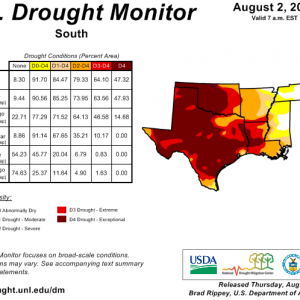

Leave a Reply
Want to join the discussion?Feel free to contribute!